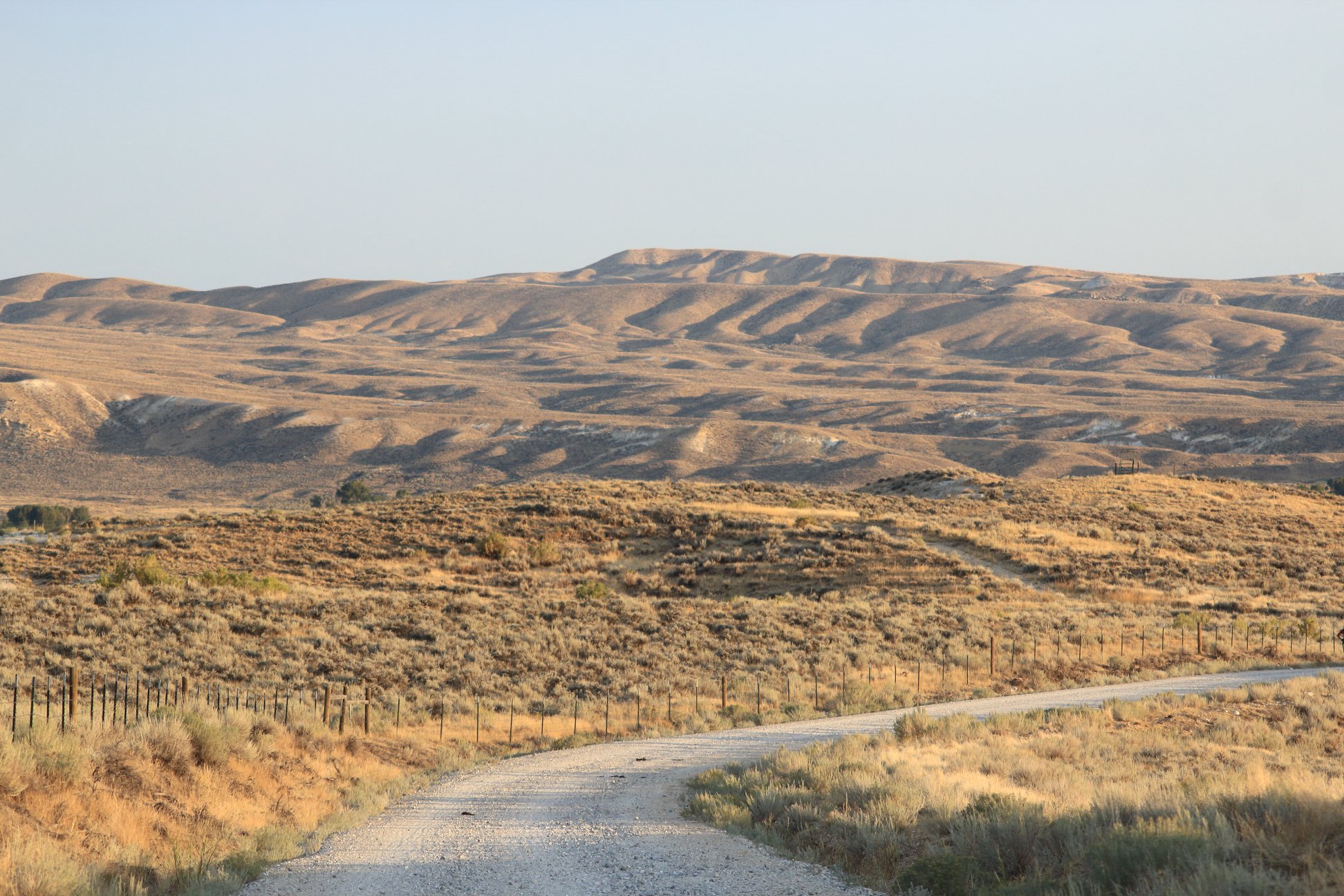
Riverton, Wyoming
Situated in Fremont County, Riverton serves as the county seat and is nestled in the picturesque Wind River Valley.

Late 1700s – The region surrounding present-day Riverton is inhabited by Native American tribes, primarily the Eastern Shoshone and Northern Arapaho.
1825 – The area is explored by fur trappers and traders as part of the Rocky Mountain Fur Company’s activities in the region.
1868 – The Treaty of Fort Bridger is signed, establishing the Wind River Indian Reservation and designating the area around present-day Riverton as part of the reservation.
1904 – The town of Riverton is founded as a result of the establishment of a land office by the federal government. The town is named after the nearby Wind River.
1906 – Riverton is officially incorporated as a city.
Early 1900s – Riverton experiences a period of growth with the arrival of the Chicago and Northwestern Railroad, which stimulates economic development and increases the population.
1920s-1930s – Oil and gas exploration in the area leads to the development of a thriving petroleum industry in Riverton, contributing to the city’s growth and prosperity.
1960s – The Riverton Reclamation Project begins, focusing on water management and irrigation to support agricultural activities in the region.
1970s – The construction of Boysen Dam and Reservoir on the Wind River provides hydroelectric power, flood control, and recreational opportunities to the area.
1990s – Riverton experiences a boom in the coal industry, with coal mining operations expanding in the nearby Powder River Basin.
Present – Riverton continues to thrive as a center for agriculture, energy production, and tourism. The city embraces its Native American heritage and hosts various cultural events, powwows, and festivals throughout the year.
